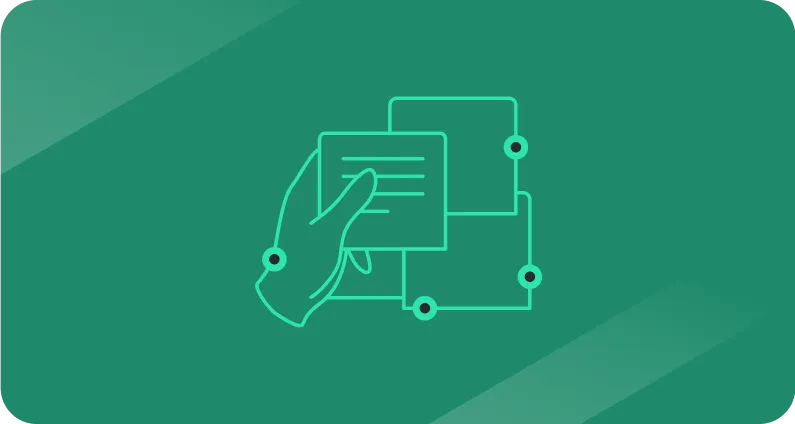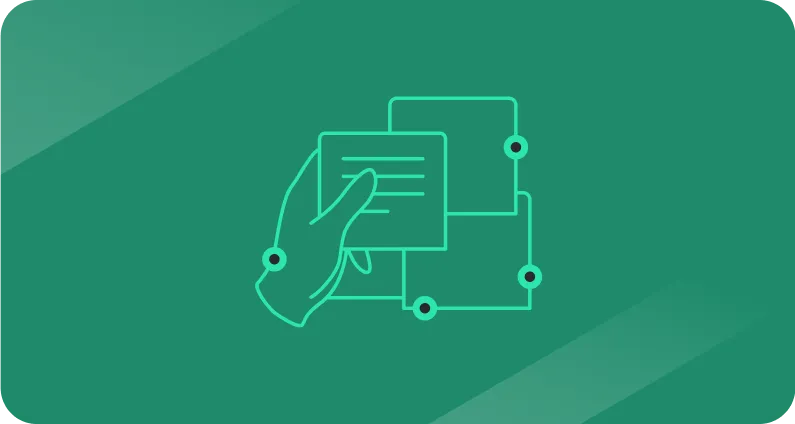Why it's better to replace lead objects with contact objects in Salesforce
Understand when (if ever) to use Salesforce's lead object, and how to simplify your CRM with Contacts.

If your CRM is filled with duplicate records, misusing the Lead object might be to blame.
Most teams don’t need it, but they inherit it because “that’s how Salesforce is set up.”
This short guide offers you a simple fix.
Work directly with Contacts and Accounts.
Let’s go over it step-by-step.
Why the lead object causes issues
Salesforce hands you two doors:
- Leads hold ‘skinny’ records, for lack of a better word. It might hold a name, an email and a company name field.
- Contacts are always tied to Accounts, but “worth it” is a process decision, not a system constraint. Many orgs create Contacts earlier.
You might opt for the former in order to keep the whiteboard tidy. Tracking the not-yet-qualified in one place, the real prospects in another.
Unfortunately,
- Leads rot.
- Integrations cause duplicate records.
Leaving sales with two pools of data and little time to chase down the truth.
If you’ve got a data ops team scrubbing the system daily, maybe you can get away with it. Most small org teams don’t. And when they don’t, the Lead Object turns into technical and operational debt.
We recommend you skip this type of split.
- Use Contacts as your entry point.
- Track qualification with fields and Lifecycle Stages.
Keep one truth, not two
When the lead object makes sense
There are edge cases where the Lead object still earns its keep:
- Enterprise orgs with a RevOps or data governance team dedicated to keeping it clean.
- Sales orgs who insist on running conversion reports inside Salesforce and nowhere else.
For everyone else? The juice isn’t worth the squeeze. Maintaining Leads creates more debt than insight.
A cleaner model: start with contacts
The better alternative is to treat every inbound record as a Contact tied to an Account.
That way, you’re not juggling two separate buckets of people who are really the same thing.
From there, the process gets simpler:
- Qualify in HubSpot using lifecycle stages or scoring so Marketing can clearly flag when someone’s sales-ready.
- Sync only those qualified Contacts into Salesforce. They show up clean, pre-vetted, and without duplicates for Sales to chase down.
- Create Opportunities directly from those Contacts. Sales gets to work in one consistent pipeline without the extra conversion step slowing things down.
The payoff is often immense, try it yourself.
Salesforce objects at a glance
If you drop Leads from the mix, you’re left with the objects that actually matter:
- Contacts: the people you’re talking to and selling to every day.
- Accounts: the companies those people belong to and the anchor for all related activity.
- Opportunities: the deals that tie directly back to both Contacts and Accounts.
One thing to remember: in Salesforce, an Account doesn’t necessarily mean you’ve closed a customer. It’s just the company record everything else attaches to, whether they’re paying you yet or not.
FAQ: Salesforce leads vs contacts
Do I need to use Leads in Salesforce?
No. Salesforce doesn’t require Leads, but some built-in reports/features assume their use. In most cases you can run Salesforce entirely with Contacts and Accounts.
What happens when a Lead is qualified?
If you use Leads, Salesforce converts them into a Contact + Account + Opportunity. The Lead record itself is deleted.
Why do some teams still use Leads?
For conversion reporting in Salesforce. But you can replace this with HubSpot Funnel Reports, which give a more flexible view of pipeline stages.
Can I use HubSpot Contacts with Salesforce Leads?
Yes, but it creates messy duplication. Cleaner option: sync only qualified Contacts into Salesforce.
When should I create Opportunities?
Once a Contact is sales-ready and there’s a real chance of revenue. Don’t clutter your pipeline with unqualified names.
If you’re a mid-market team trying to scale fast, the Lead Object isn’t your biggest problem. RevBlack partners with high-growth teams to turn RevOps into infrastructure that leaders can trust and stakeholders can rally behind.
If this isn’t you, go dig into the rest of our guides, steal what’s useful, and keep moving.
When the cracks start to widen, you’ll know where to find us. ✌️









